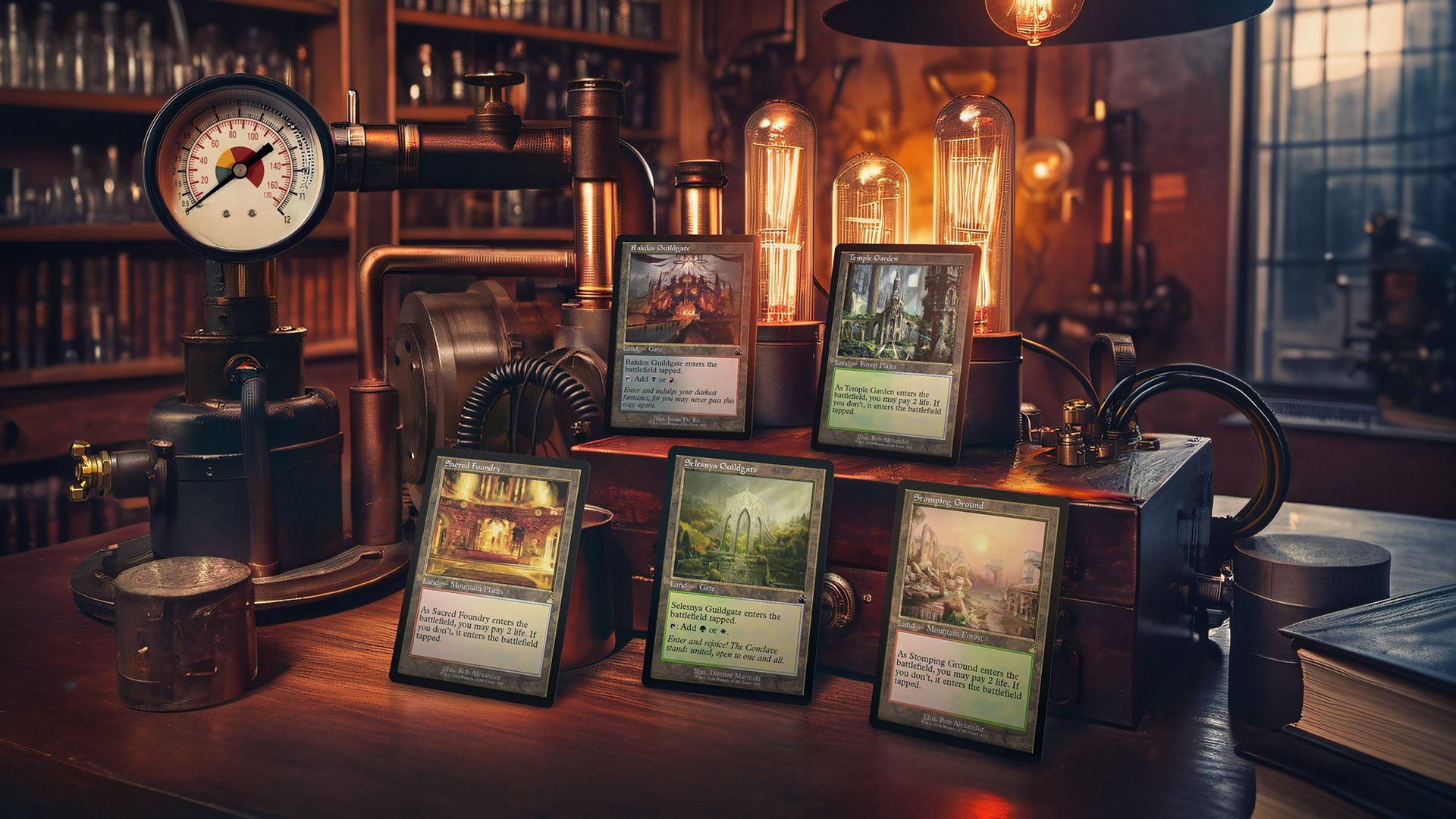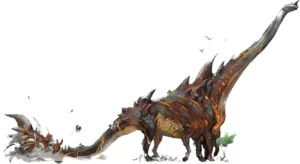AI Art, And Its Detriments To Magic: The Gathering

AI has affected Wizards of the Coast of all companies more than expected this week. They've just gotten into another controversy with accusations of using AI art to advertise their latest Magic: The Gathering set, Ravnica Remastered. This comes fresh from similar accusations over Secret Lair x Tomb Raider advertisements. It also more directly follows serious developments regarding the lawsuit against Stability AI. Various artists, including Magic artist Karla Ortiz, spearhead the ongoing lawsuit.
So, why is AI art a bad thing? Furthermore, why in the world is Wizards allegedly using it, and why is that bad in itself? Let's look at this brick by brick.
The AI Mishaps Leading To Now
On December 13th, just before the holiday season, Hasbro notified employees that 1,100 of them would be laid off over the next six months. Soon after that, Wizards listed a job opening for a digital artist role on Simply Hired, a career website. Many people took offense to this, and it is widely regarded today as a bad-faith move. If Wizards (an extension of Hasbro) is hiring a new role, why would they lay off people in that role in the first place? This seemed rather fishy last month and it feels even fishier now.
In October, Dungeons & Dragons artist Ilya Shkipin admitted to the use of AI in his illustrations for the cover of Bigby Presents: Glory of the Giants, Wizards' latest sourcebook for the game. According to Gizmodo, Wizards promptly replaced Shkipin's work in the book and his name is no longer in the credits for it. One would think this meant that Wizards had taken a staunch position about artificial intelligence. Certainly, Wizards of the Coast had taken a stance decrying AI art in their own institution. Publicly this was apparent, so everything was alright. Right?

AI Art In Magic: The Gathering Ads
However, a few days before the December layoffs, Wizards released ads for their then-latest Secret Lair drop: Secret Lair x Tomb Raider. Many members of the Magic communities on Twitter and Reddit quickly pointed out the ad's inconsistencies. They looked a bit too off-the-mark to be authentic, human art. They seemed like AI.

And now, the Magic community is accusing Wizards of the same issue as above. This time, sadly, they have doubled down on their claims that the Ravncia Remastered advertisement doesn't utilize AI at all. That said, the community added notes to give vital context to the verity of that claim:
We understand confusion by fans given the style being different than card art, but we stand by our previous statement. This art was created by humans and not AI.
— Magic: The Gathering (@wizards_magic) January 4, 2024
This also comes straight after new developments were made in Andersen v Stability AI. I covered this earlier in the week, and you can read more about it here.
To recap, against their better judgment, Hasbro laid 1,100 people off before the holidays, then went to try to hire digital retouch artists online. All of this after Secret Lair x Tomb Raider had a seemingly AI ad, and weeks before a second one went live.
AI Art, Like Integrity, Is A Tricky Concept To Tackle
Now for the crux of this article: This usage of AI art will decimate Hasbro's remaining faith with people. I say this knowing that Hasbro's faith is already all but completely lost for many. In turn, I worry that it will impact Wizards of the Coast, which as a company has made a point to try to quell this issue relatively early. As it stands, Wizards is a scapegoat here, with many misguided players directing their ire that way, instead of at the higher-ups at Hasbro who most likely decided for them in the first place.
But to a very relevant extent, there's a bit more to this issue. Ultimately, if Hasbro using AI doesn't work to alienate their consumers, their inability to be truthful about it will. Companies willfully obfuscating the truth is a red flag to their communities. While Hasbro deals in toys and games, this aspect of the industry isn't one of them. Having interviewed one of their ex-employees, it seems as if Hasbro may also be doing this internally as well.
To summarize what my interviewee told me, there was a discussion about Q3 expectations. Wizards President Cynthia Williams told the team that they overpromised to investors. However, Hasbro CEO Chris Cocks then later stepped in and assured the team that everything would be alright. A week later, layoffs occurred. The ex-employee we spoke with determined that Cocks' words were a lie in an effort to diffuse the situation.
While this example is not necessarily about the art or creative team, it's still extremely valid here. My family always says, "Oh, what a tangled web we weave / When first we practice to deceive." This saying doesn't just apply to the web of events stemming from that one lie. It also applies to the path towards making lying a habitual practice. With this lie, it seems likely that Hasbro could just as easily lie to their creatives. They could lie to the consumers even more easily. It looks as though they already have.
In Conclusion
AI art, while inexpensively produced, takes the role of real, living, human artists. It is also in no way a valid substitution for the art humans can create. No machine can accurately emote the passion of an artist. No machine can emote at all.
So, what can we as consumers do about the proliferation of AI art while still supporting Wizards? In truth, it doesn't seem like much. Some say we should speak with our wallets, abstaining from purchases that advertise or feature AI. Others, like Magic designer Mark Rosewater, say we should complain actively and often to make our points known. In the end, it's a tough call, but hopefully something will stick.
In the meantime, I recommend that people support their favorite living artists. As I was ruminating on how best to write this article, I found that, three days prior, Magic artist Rebecca Guay had posted a call-to-action on her public Instagram. In it, she linked a page I missed during my initial coverage of the Stability AI lawsuit. Therein, the link had all of the names of all the artists scraped by Midjourney's trainer. You can find that list here. It contains names of many artists, including a ton of Magic artists ranging from one-offs to those with pseudo-celebrity status.
If you so desire, you could prop the AI scrape list against a board and toss a dart at it. I don't doubt you'd likely hit a major artist, maybe even one you know about. Maybe see if you can support their art instead.